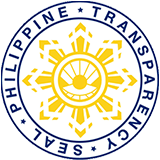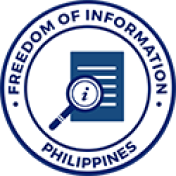The Environmental and Social Management Framework (ESMF):
- is an instrument that examines risks and impacts of the project and its components which cannot be determined until the program or the subproject details have been identified
- describes principles, processes and technical guidance to the Project implementing agencies and their consultants to assess the environmental and social (E&S) risks and impacts of the Project activities
- developed in accordance with the World Bank’s Environmental and Social Standards (ESSs)
The Environmental and Social Standards (ESS) include:
| ESS1 | Assessment and Management of Environmental and Social Risks and Impacts |
| ESS2 | Labor and Working Conditions |
| ESS3 | Resource Efficiency and Pollution Prevention and Management |
| ESS4 | Community Health and Safety |
| ESS5 | Land Acquisition, Restrictions on the Land Use and Involuntary Resettlement |
| ESS6 | Biodiversity Conservation and Sustainable Management of Living Natural Resources |
| ESS7 | Indigenous Peoples/Sub-Saharan African Historically Underserved Traditional Local Communities |
| ESS8 | Cultural Heritage |
| ESS9 | Financial Intermediaries |
| ESS10 | Stakeholder Engagement and Information Disclosure |
~ESS 5,6,8,and 9 are not related to the Project.~
The objectives of the ESMF are as follows:
- assess potential E&S risks and impacts of the Project & propose mitigation measures for risks/impacts
- establish clear procedures for the E&S screening, review, approval, and implementation of activities
- specify appropriate roles and responsibilities, and outline the necessary reporting procedures
- identify the training and capacity building needed to successfully implement the provisions of the ESMF
- address mechanisms for public consultation and disclosure of project documents as well as redress of possible grievance f. establish the budget requirement for implementation of the ESMF


